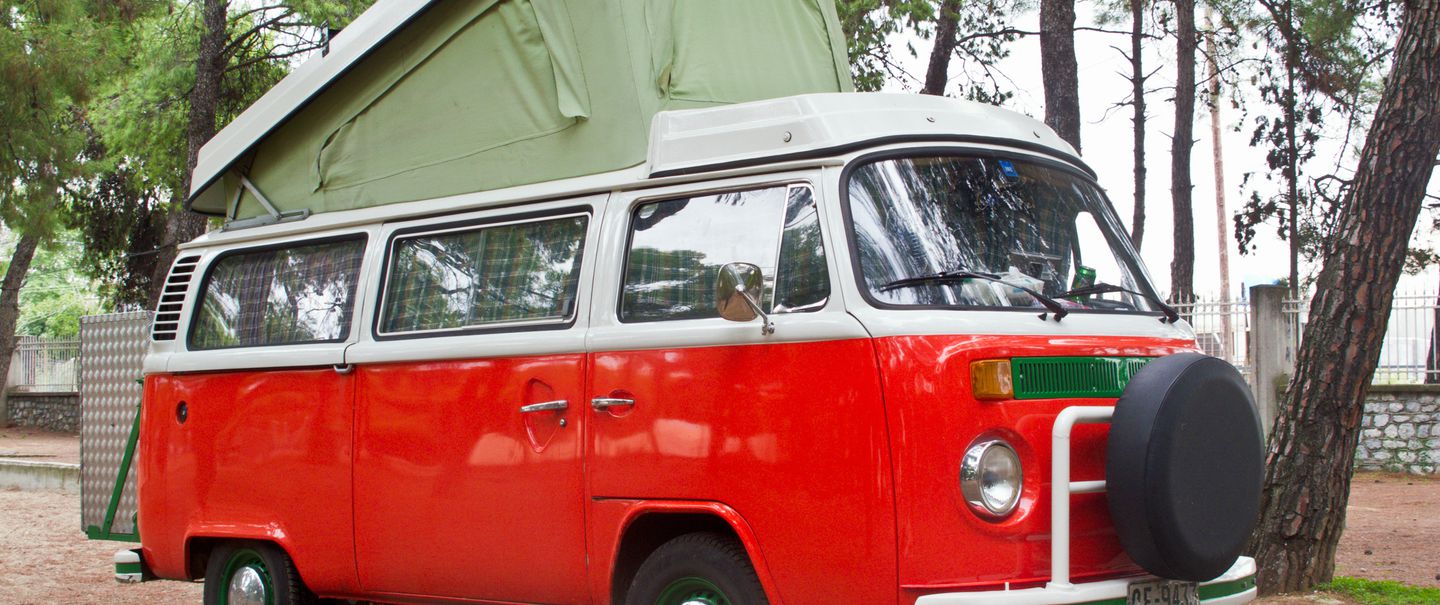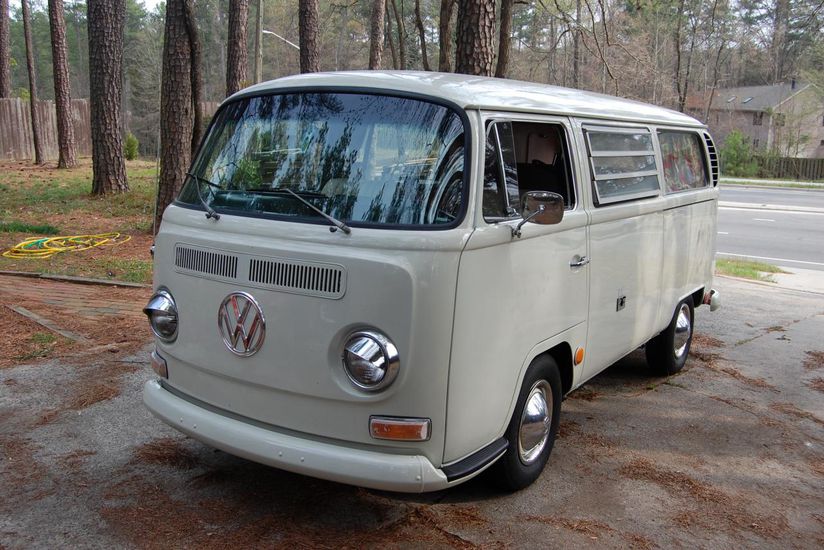Mini Van, Maxi Memories
If you’re under 40, it’s hard to remember a time when there were no minivans. Before the early 1980s, families that needed a big vehicle to haul cargo and kids had two options: a station wagon or a full-sized van. Then, Chrysler unveiled its minivans, and the auto industry was never the same. The ’80s and ’90s were a golden age for these car-based vehicles, as nearly every automaker started cranking out minivans of their own. These days, SUVs and crossovers are the first choice for many drivers, but minivans may be making a comeback — and prices have risen 43% from 2017 to 2022, according to The Wall Street Journal. Love ’em or loathe ’em, let’s take a look back at some of the best, worst, and weirdest minivans ever made.

























